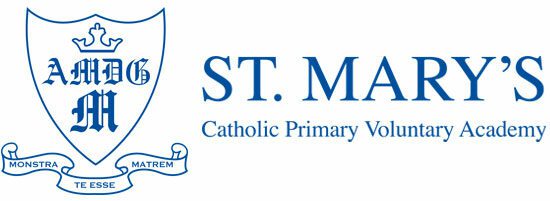Parental Involvement
Reading should not be seen as just a ‘school activity’. Co-operation and support from parents is paramount if a child is to become a successful and competent reader. We strive to develop and encourage a strong partnership between home and school. It is our policy to send reading books home regularly and to encourage parents and carers to contribute to their child’s reading development, welcoming comments in individual reading record books.
Children will be given a reading book at an appropriate level to take home, together with a reading record book. In EYFS and KS1, RWI books are sent home to read. Each child will have read this book at least three times before they bring it home. They should be able to read this book with fluency and expression by the time they bring it home and they should have a good comprehension of what the book is about. At the back of the book are find it/prove it questions for adults to discuss with their child.
Children’s individual reading at home will be monitored by staff and supported by teaching assistants. Each time is heard to read at home and in school, a comment should be written in the reading record. When a new book is given, teaching assistants will initial reading records and insert the name of the book to be read next. Where
children do not read regularly at home, teachers will arrange for them to read individually at school to other adults, and in some classes, to peer mentors.
Reading records also contain a range of suitable questions to enable parents to make home reading time as productive as possible. Home reading record books will be collected 2-3 times per week and signed by the adults in the classroom. Rewards will be given for regular reading at home via Class Dojo points.
Teaching of comprehension skills
The core structure of teaching reading skills uses Prim-Ed Teaching Comprehension Strategies. We also use Literacy Shed Plus Comprehension, using Reading Vipers.
The teaching of reading skills is teacher-led across the whole class, although some children may work with a TA in a smaller group, using texts at their level. The skills taught will be the same.
The focus is of the lesson is to support and teach the children key skills, allowing time to learn and practise strategies, with children discussing with a talk partner, as a group and as a class.
Vocabulary is pre-taught, explained and explored prior to and during the reading of the text.
Key skills taught:
· Understanding words
· Finding Information
· Identifying the main idea
· Sequencing
· Finding similarities and differences
· Predicting
· Concluding
· Summarising
· Inferring
· Cause and effect
· Fact or opinion
· Point of view and purpose
Structure of the learning sequence:
1. Each child has a copy of the text.
2. Teacher pre-teaches some vocabulary the children may not know to enable understanding of the text.
3. Teacher models reading as children follow on their text.
4. Children read text again with partner.
5. Children highlight any other vocabulary they are uncertain of.
6. Teacher simply explains these words or phrases, using images, drama or Co-Build dictionary to support.
7. Practise skimming and scanning for key vocabulary.
8. Learning about the skill section – using strategies, guide children in techniques and children have lots of opportunities to share ideas and discuss their choices and reasoning – this is whole class and teacher led, in order to achieve success.
9. Practice section – using techniques from previous stage, children practise answering the questions. The children use partner talk, group talk and class talk.
10. Recap on the techniques and strategies – Top Tips for Success.
11. On your own section – this section is independent, as the children use all of the strategies learned.
The second element in the sequence builds on the same skills – vocabulary teaching, modelling of reading, paired reading, but this time the children independently answer questions as much as possible.
Teachers will work with specific children if they struggled in the previous session.
Children have opportunities to self-mark and peer-mark. All reading work will be marked in line with the school’s marking policy.
Pupil tests are used after the teaching of the skills in the learning sequence (after 6 sessions) as the tests focus on the skills taught. This allows for further assessment and intervention for pupils.
Assessment and Recording
A whole school approach to assessment and record keeping is used, and is recorded on O Track each term. Teaching staff also maintain their own individual class records of achievement in reading.
Children’s progress in phonics is continually reviewed through daily informal and half termly formal phonic assessments and evidence from their reading and writing.
Assessment is used to monitor progress and to identify any child needing additional support as soon as they need it.
Assessment for learning is used:
· daily within class to identify children needing support
· weekly in the review sessions to assess gaps, address these immediately and secure fluency of GPCs, words and spellings.
Summative assessment is used:
· termly to assess progress, to identify gaps in learning that need to be addressed, to identify any children needing additional support and to plan the Keep-up support that they need.
· by SLT, SENDCO and the Reading Lead and scrutinised to narrow attainment gaps between different groups of children and so that any additional support for teachers can be put into place.
Statutory assessment
Children in Year 1 sit the Phonics Screening Check. Any child not passing the check re-sits it in Year 2.
Ongoing assessment for catch-up
Children in Year 2 to 6 are assessed continually and through their teacher’s ongoing formative assessment using the Phonics Tracker and interventions implemented as appropriate.











